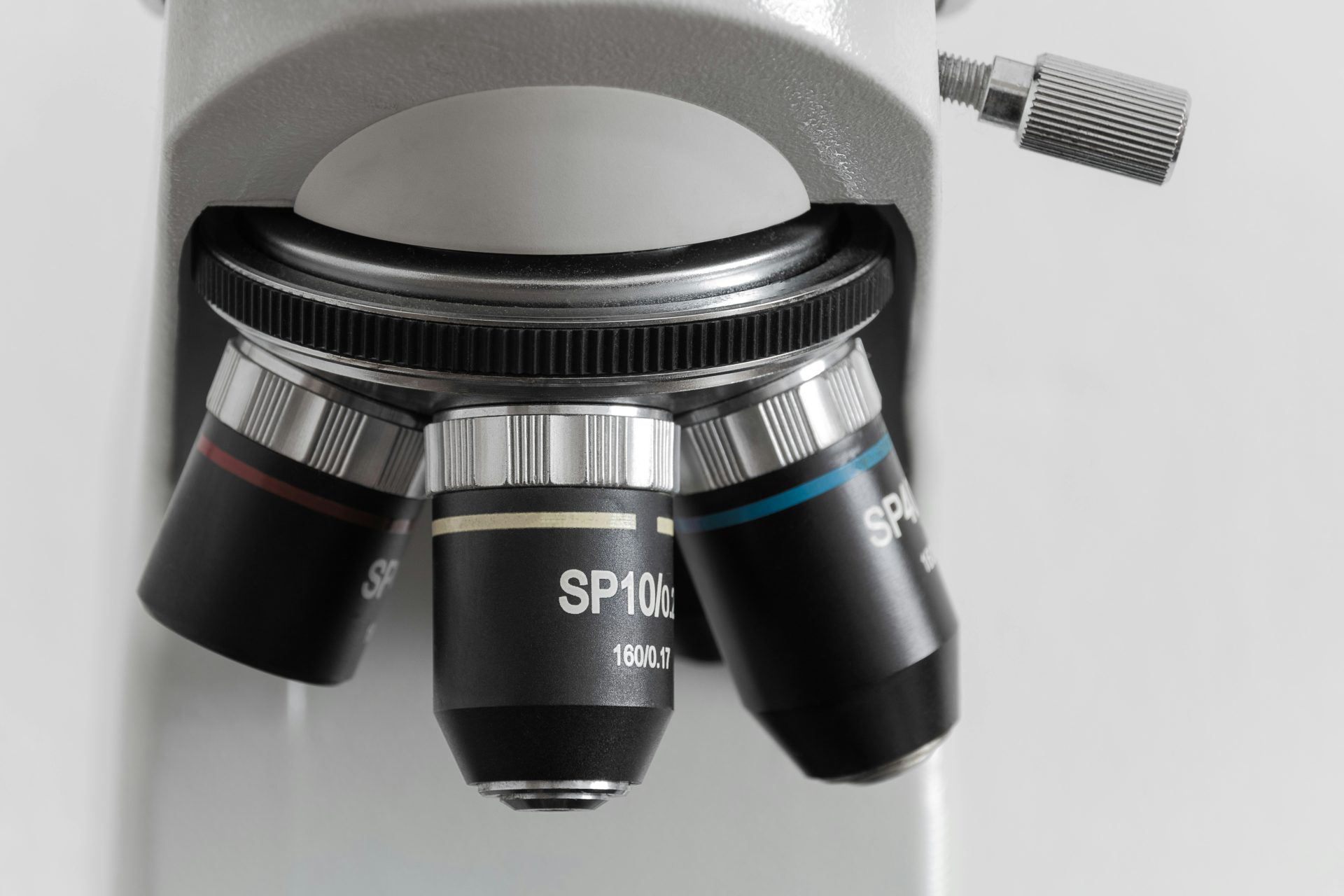Introduction
Analytical and precision balances are responsible for over 70 % of quantitative measurements in microbiology labs, according to a 2024 LabX instrumentation survey. Understanding each component ensures readings remain within the instrument’s stated accuracy of ±0.1 mg or better.
Key Components of a Laboratory Scale Balance
| Part | Function | Typical Accuracy Impact |
|---|---|---|
| Weighing Pan | Supports the sample | Scratches can introduce 0.5 mg error |
| Load Cell / Electromagnetic Force Restoration (EMFR) | Converts mass to electrical signal | Temperature drift accounts for 30 % of total error budget |
| Draft Shield | Minimizes air currents | Improves repeatability by up to 40 % |
| Calibration Knob / Internal Weight | Allows quick span adjustment | Maintains ISO 9001 compliance |
| Digital Readout | Displays mass, often to 0.0001 g | Firmware filtering reduces noise |
Best Practices for Accurate Results
- Daily Calibration: Use a Class F2 weight; skipping this step can raise systematic error to 3 mg in one week.
- Leveling: Ensure the built‑in bubble is centered; a 1° tilt causes up to 0.2 % mass deviation.
- Temperature Equilibration: Samples should rest on the pan for 30 seconds; this cuts buoyancy error by 25 %.
- Cleanliness: Remove dust and spilled media with a lint‑free wipe and 70 % ethanol.
Troubleshooting Common Issues
- Drifting Readings: Check for vibration sources; installing an anti‑vibration table can reduce drift by 90 %.
- Overload Errors: Never exceed 120 % of capacity; load cell fatigue leads to permanent zero shift.
- Static Charges: Use an ionizer; static can add or subtract several milligrams, especially with plastic weigh boats.
Conclusion
From high‑school science fairs to GMP‑regulated facilities, mastering the anatomy of a scale balance guarantees reliable, reproducible measurements—the cornerstone of credible microbiology data.


